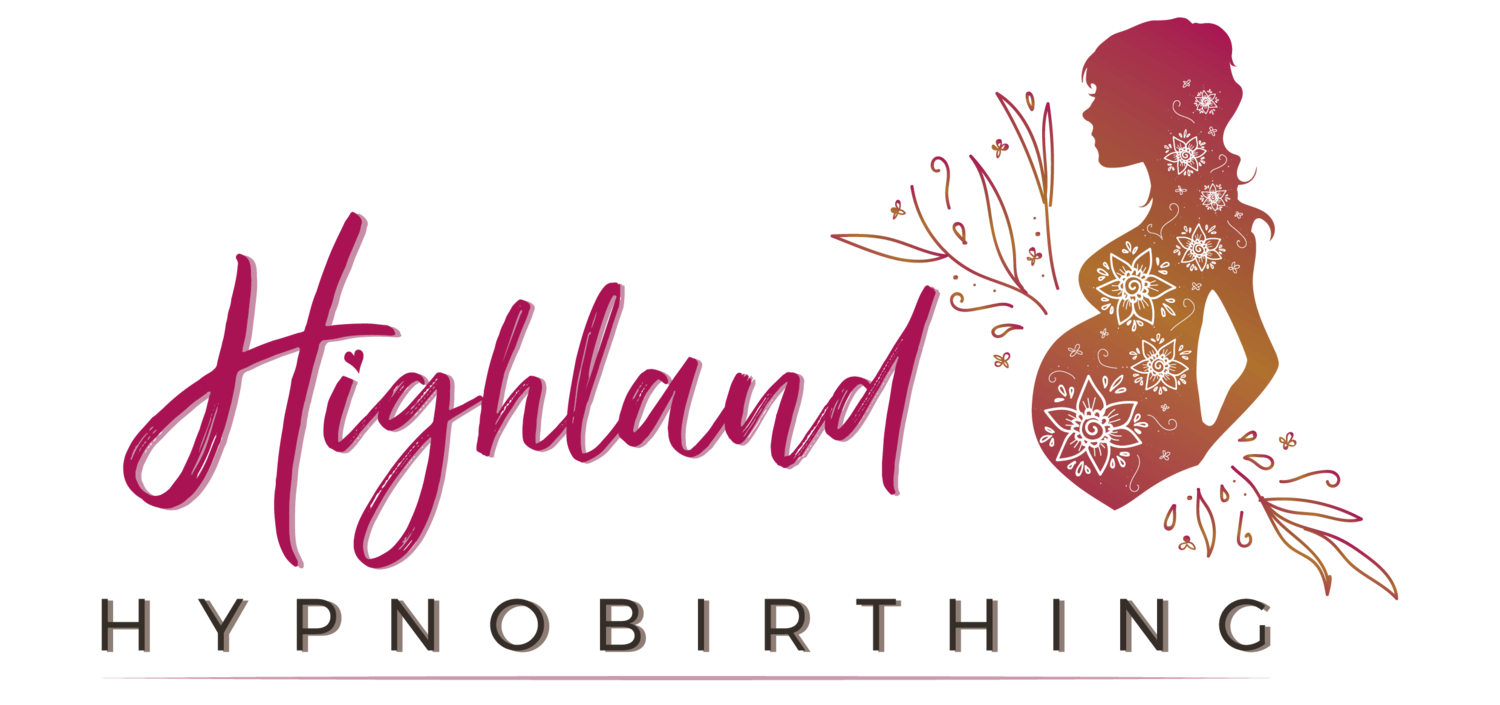What's the wisest one-word sentence for labour?
BREATHE.
BREATHE, BREATHE, BREATHE; if there was one word of advice I’d share about pregnancy, labour and birth it’s BREATHE (and if I could say more than one word - and don’t presume you already know how to do it).
It sounds so simple and might make you want to mutter that of course you’ll breathe, but our breath is so often the first thing to go when we get spooked or uptight.
Think about it; what do you do when you watch a scary film? Hold your breath?
What do you do when you hear bad news? Big exhale or or sharp intake of breath?
What happens when you get really excited? Our breath goes.
What happens when you go for a lovely massage? Your breath regulates and deepens.
What happens during a yoga class? You notice your breath and witness it steady itself.
The breath is the bridge between body and mind.
When we hear someone on the verge of a panic we tell them to calm down or just breathe and IF they don’t know how to do it properly, this can be the proverbial red rag.
We need to practise altering our breathing so that in times of stress we can easily access calming states on demand. We need to befriend it, to make it your best source of HOME because it’s the one thing you can have control over when it comes to labour.
Look at it this way (for example), you might have to reconsider where to give birth if your baby becomes distressed or flips to breech position. You might have to reconsider a water birth if on the day a pool simply isn’t available. There are lots of unknowns but what you do know is that YOU WILL BE BREATHING, AND YOU NEED TO BE ABLE TO RELY ON THE BEST BREATH TO SUPPORT YOU COMING NATURALLY. The more you practise, the more likely you are to naturally divert to that specific breath at the time when you need it most.
Good breathing techniques help you in many many ways:
Bring fresh oxygen into your body to support you and your muscles to work effectively (the uterus is a muscle)
Helps you remain calm and relaxed which leads to more effective surges (potentially shorter labour)
Focus: when you are focussed on the breath throughout your surges you take your attention away from any other physical sensations which helps you cope better.
Breathing with awareness is so good for calming your mind and your physical state. It feels really nice and you can ENJOY practising and getting familiar with it.
There are many different breathing techniques when it comes to labour and the more you practise the more you will find your own natural flow when you need it most. Keep it simple.
I’m going to share two of my favourites that you can use during your surges (contractions). No matter how MILD your surges are initially START by using your breath to become or remain calm because this relaxed state will help you cope even better as the surges become stronger. Don’t hold out for ‘when surges might become more intense or challenging’.
Read through the whole of this blog and then come back to these two effective breathing techniques.
When you are ready to practise sit comfortably and close your eyes. Start by noticing your breath as it is now and then follow the instructions.
SURGE BREATHING | BREATHING THROUGH CONTRACTIONS
Imagine that your surge is beginning now (if you have no idea what that feels like just imagine mild cramps or waves of energy moving through your body now).
1) Take a deep breath in and breathe all the way out imagining the breath going down to your toes (tiny pause)
2) Breathe in drawing the breath back up through your body to the back of your throat (tiny pause)
3) Breathe out and imagine the breath going all the way back down to your toes (tiny pause)
4) Breathe in sending the breath back up to the throat (tiny pause)
5) Repeat 3 and 4 for up to two minutes (that’s longer than the average surge but great practise!)
Continue with this breathing rhythm focussing on the sensations of the breath entering and leaving your body, or you might like to imagine the waves of the ocean moving through your body or the sound of them lapping on the seashore. Either way, remember that at the top and bottom of the breath you would ordinarily have a tiny natural pause. Watch your own breath now; you breathe in and there’s a short pause where the breath ‘turns around’ before you breathe out. And at the end of the out breath there is a short pause before you breathe in. Maintain this pause otherwise you can start to feel agitated. The pause isn’t a ‘holding of the breath’, it is just a natural pause that you are already doing. We never recommend retaining the breath during pregnancy or labour.
4-8 BREATH | UP BREATHING
A second option, and an excellent alternative to this breath, is to breathe in for a count of four, and then exhale counting upwards towards eight. You do not have to reach the number eight, you are counting towards it, so perhaps you only reach five, six, or seven. The point is to increase the exhalation and make it longer than the inhale.
You might find it a bit tricky to start with so be patient and do your best. If you ever feel out of control remember this - pay attention to your exhale and the inhale will take care of itself.
If you haven’t already I’ve created a free ebook and audio to help you prepare for labour and birth. You can find it here. Big love, Sophia xx





